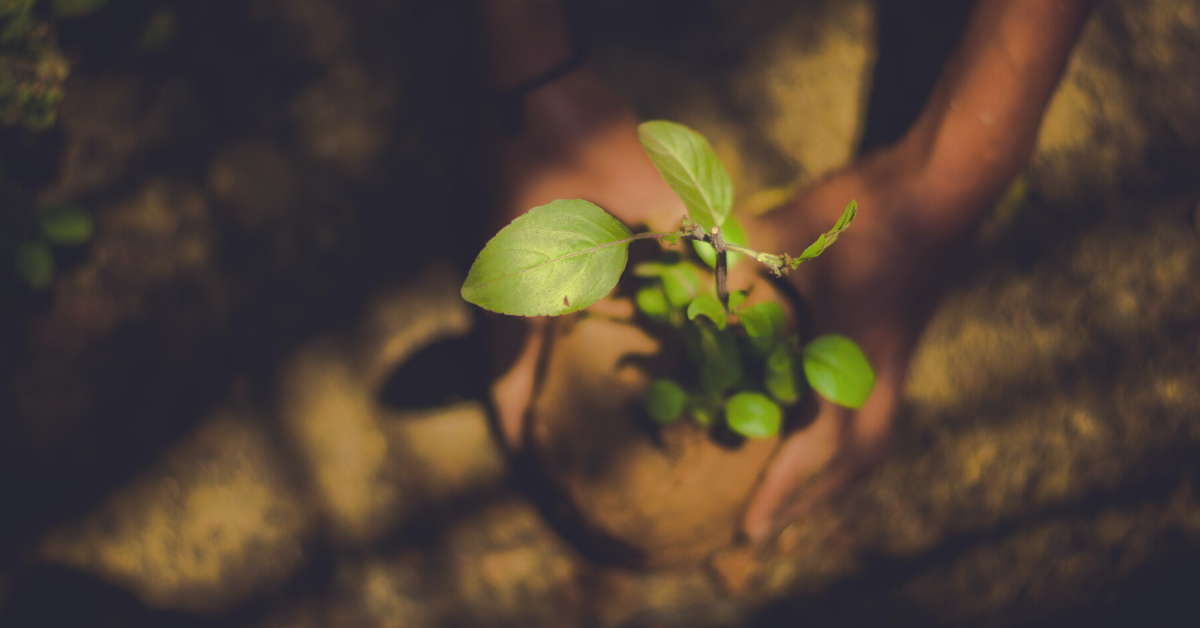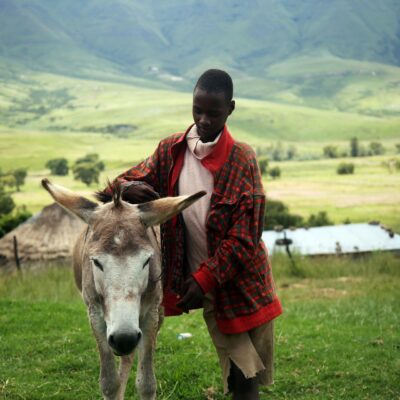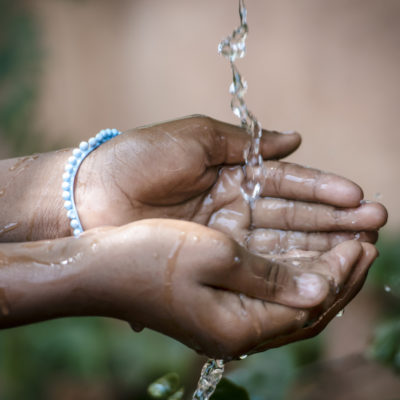 Photo: Unsplash / Kasturi Laxmi Mohit
Photo: Unsplash / Kasturi Laxmi Mohit
This article was first published by Forest News.
“Tree planting in Ethiopia presents opportunities, but also poses unique challenges for local communities. Limited opportunities to influence decisions about reforestation and difficulties securing long term rights to and benefits from trees hinder efforts. Yet with support, the country will be able to meet its tree planting targets, researchers say.”
“Ethiopia has committed to rehabilitate 15 million hectares under the African Forest Landscape Restoration Initiative (AFR100), which is 15 percent of the continental target of reforesting almost 100 million hectares by 2030.”
“For Ethiopia to effectively meet its goals, it needs to address issues of land tenure, and implement socially inclusive, participatory planning and objective setting, and performance-based monitoring, according to an article published in a special issue of the journal of Forest Ecology and Management.”
“Reforestation policies should take into consideration the lack of historical land-use data, which heightens the risk that an area targeted for reforestation may not have previously been forested, increasing the potential for negative environmental consequences if afforestation is implemented.”
“Current tree-planting targets are based on the belief that forests covered 40 percent of the country’s land area and that they were depleted throughout the 20th century, but we don’t know that for a fact,” said Habtemariam Kassa, a principal scientist with the Center for International Forestry (CIFOR) Research and World Agroforestry (ICRAF) and one of the authors of the paper, explaining that the earliest national survey of forest cover in 2000 indicated that only 12 percent of the country was forested or covered in woodland. “We don’t have national-level data before that”.”
“About half of land in Ethiopia is used for pastoral and agropastoral activities and scientists are concerned that afforestation, wrongly identified as reforestation, could impinge on these areas. Currently, these areas are under threat from exotic and indigenous invasive woody species, which could be misidentified as natural regeneration.”
“Further complicating matters, the scientists learned that there is also a perception that local communities in Ethiopia cause forest loss because they are poor and as a result, out of need, put undue pressure on resources. Yet the relationship between poverty and deforestation is not that simple, said Stibniati Atmadja, a scientist at CIFOR-ICRAF, and a co-author on the paper. “The rich and powerful have more means to do more harm to forests.” ”
This article was written by Jullie Mollins. The research results form part of the CGIAR Research Program on Forests, Trees and Agroforestry.










